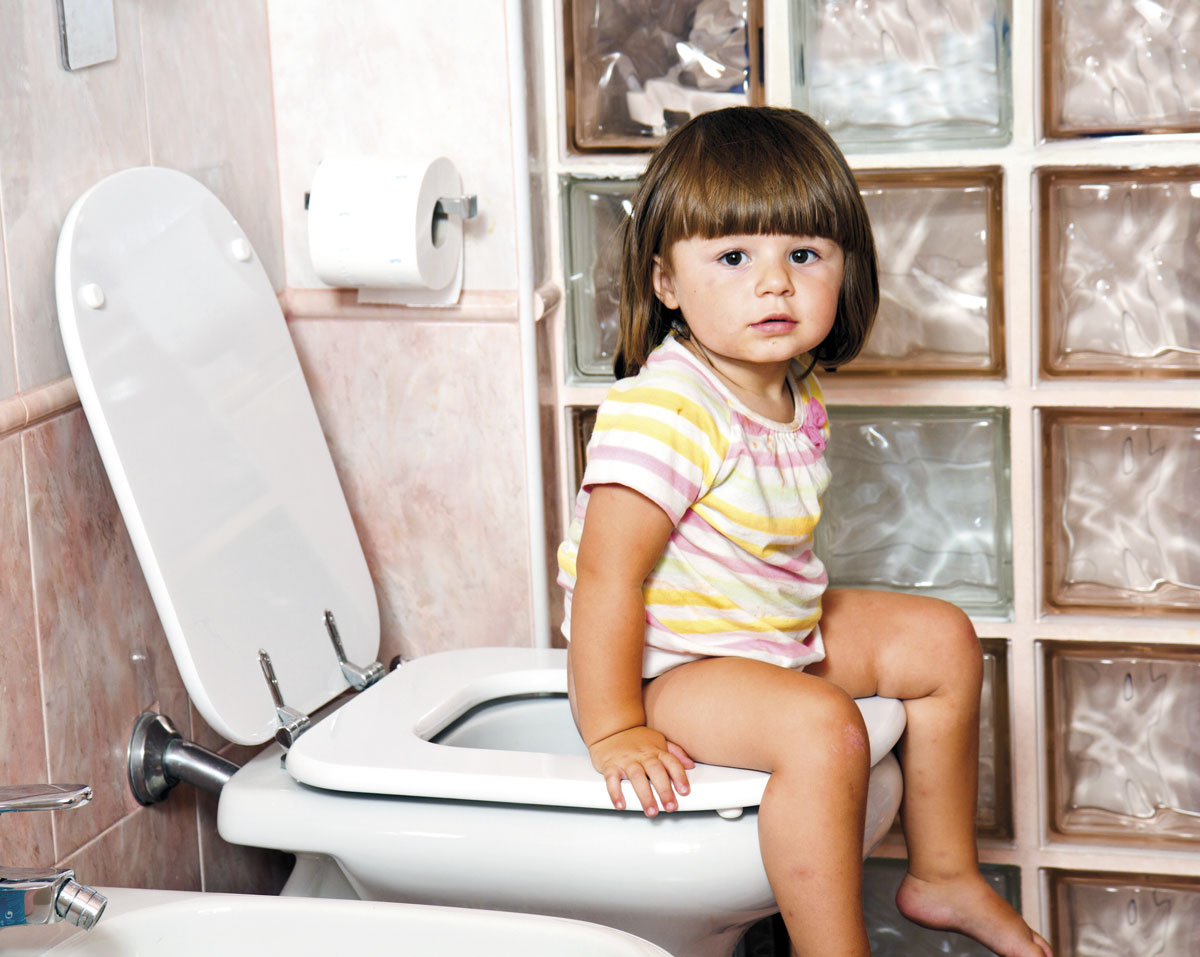ED: Functional constipation (FC) is one of the most common problems encountered in childhood. Diagnosis is clinical and management is simple.
The estimated prevalence of FC is about 3% in the first year of life increasing to 10-14% in the second year. Trigger factors are change in diet in the first year and toilet training in the second to third years of life where excessive caregiver pressure to maintain bowel control and/or inappropriate techniques, such as regular use of toilets without sufficient leg support can lead to stool withholding.
An underlying disease for constipation is found in less than 5% of children. The rest fulfil the criteria for FC.
Diagnostic criteria have been revised in the new Rome IV Criteria published in 2016 (Table 1). The duration of symptoms to make a diagnosis has been reduced from the previous criteria as shorter duration of symptoms and prompt treatment is associated with increased response rate.

The latest recommendation for clinical evaluation and management from the European and North American societies for Pediatric Gastroenterology, Hepatology and Nutrition are as follows: The Rome criteria are recommended for the definition of FC for all age groups. FC diagnosis is based on history and physical examination
Alarm signs and symptoms and diagnostic clues should be used to identify an underlying disease responsible for the constipation (Table 2). If only one Rome criterion is present and the diagnosis of FC is uncertain, a digital examination of the anorectum is recommended to confirm the diagnosis and exclude underlying medical conditions. There is no role for the routine use of an abdominal x-ray to diagnose FC
A plain abdominal radiograph may be used if fecal impaction is suspected but in whom physical examination is unreliable/not possible. Routine testing for cow’s milk allergy is not recommended in children with constipation in the absence of alarm features. Laboratory testing to screen for hypothyroidism, celiac disease, and hypercalcemia is not recommended in children with constipation in the absence of alarm features
The main indication to perform anorectal manometry in the evaluation of intractable constipation is to assess the presence of the recto-anal inhibitory reflex. Rectal biopsy is the gold standard for diagnosing Hirschsprung’s disease. A barium enema should not be used as an initial diagnostic tool for the evaluation of FC
After a thorough evaluation to rule out alarm features, age-appropriate treatment is commenced.
First is education of the caregiver and child. Reassurance of the benign nature of the condition generally leads to resolution once the child gains confidence. Progress is not smooth until the toddler is confident that defecation will not be painful.
In addition to behavioural modification that includes toilet routine and improved caregiver and child dynamics around stooling, pharmacologic interventions are the mainstay. This comprises rectal or oral disimpaction and maintenance therapy to prevent re-accumulation.
Laxatives containing polyethylene glycol (PEG) are more effective than any other group for both phases. For infants, lactulose is used more often.
In the absence of quality evidence, the recent guidelines do not recommend routine use of fibre, increased fluid intake, prebiotics, probiotics, and routine use of multidisciplinary treatment or alternative treatments such as transcutaneous nerve stimulation.
FC is a benign condition diagnosed clinically. Abdominal x-ray is rarely required to diagnose or assess response to treatment. Invasive investigations are reserved for those with alarm features and treatment refractory symptoms. Behaviour modification including the family dynamics and oral laxatives are mainstays of treatment.
Table 1 – Rome IV criteria for diagnosis of FC
|
Table 2 – Alarm features in children with Constipation
|
References available on request.
Questions? Contact the editor.
Author competing interests: nil relevant disclosures.
Disclaimer: Please note, this website is not a substitute for independent professional advice. Nothing contained in this website is intended to be used as medical advice and it is not intended to be used to diagnose, treat, cure or prevent any disease, nor should it be used for therapeutic purposes or as a substitute for your own health professional’s advice. Opinions expressed at this website do not necessarily reflect those of Medical Forum magazine. Medical Forum makes no warranties about any of the content of this website, nor any representations or undertakings about any content of any other website referred to, or accessible, through this website.


